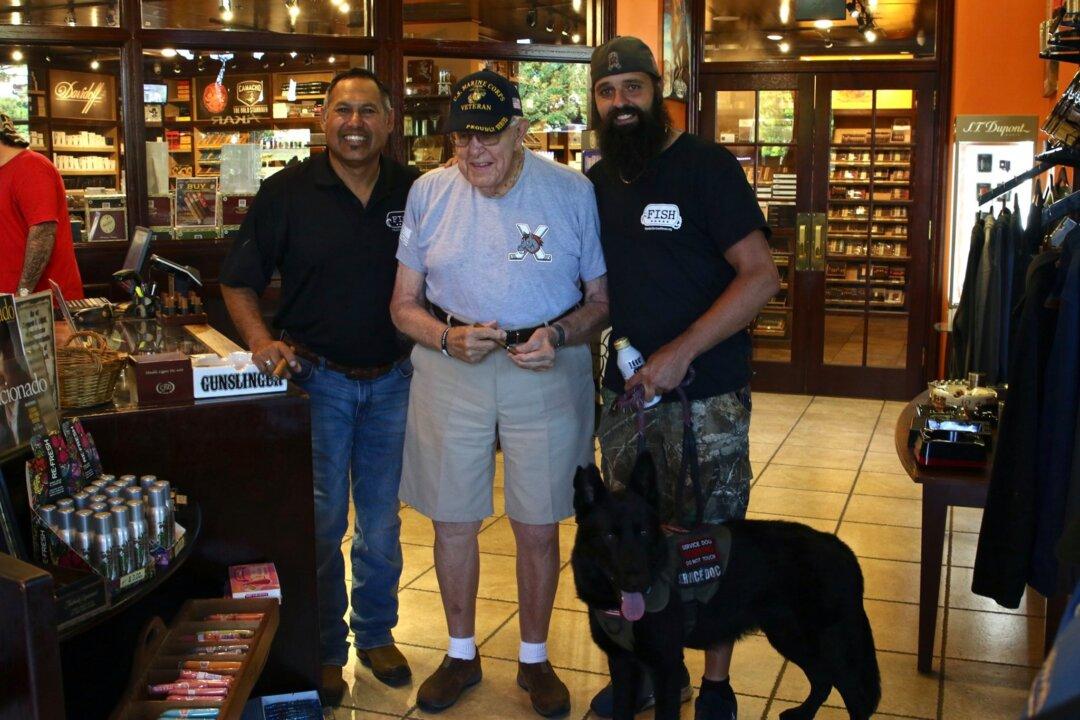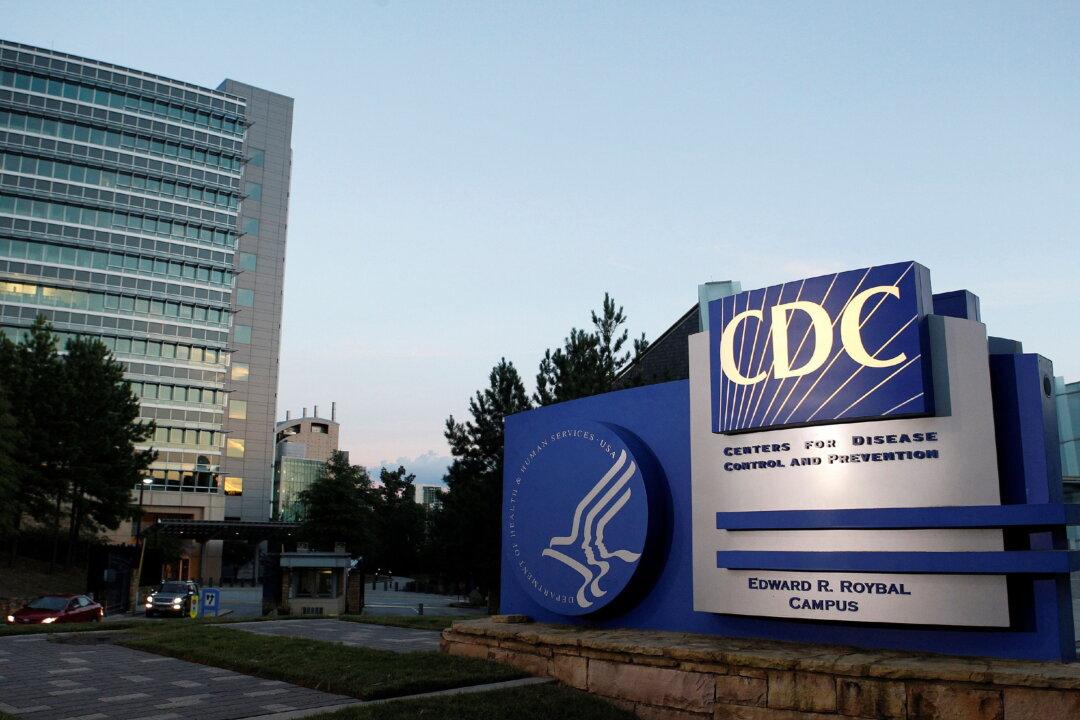It has been one week since World War II veteran Max DeWeese returned home after recovering from COVID-19.
The 99-year-old war hero, who served 23 years in the Marine Corps and the Marine Corps Reserve, said the illness took him by surprise. His temperature was taken daily at the senior center, and the only symptoms he experienced were a sudden loss of appetite, and a loss of taste and smell.






